THE EPIDERMAL EDGE: THE GARDEN OF RE-APPROPRIATION
by Hana Hayan Alsaai
Beirut, the fractured city of Lebanon, has many social, political and spatial issues deep-rooted in its failing economy and social system. Differing to the prosperous image it likes to project; the city’s survival is heavy reliant on external imports and charitable aid. Other than its declining environment through the pollution of its sea and garbage crisis within the city, it has social calamities such as modern-day slavery (the kafala system), homelessness, and its refugee crisis. Through a strategy that proposes a “city within the city” that redresses the landscape, allowing the people of Beirut to collectively rebuild their city, the project proposes a Garden that heals the landscape and its social system by offering new ways of habitation and self-sufficiency. This is a habitable skin, an oasis that recreates public spaces that take over three main areas of the city. The first is the coast: allowing a program of business through fishing, boat making, energy generation and publicising the privatised coast. The second are the abandoned high-end developments of the ‘Ghost City’, which are penetrated by the skin to provide housing, moving the low-income population into them. Lastly is the informal settlement, creating an extended threshold to uplift the community.













